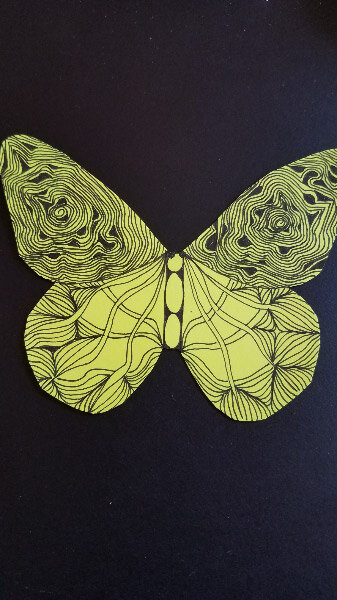Gleanings of the Week Ending February 5, 2022
/The items below were ‘the cream’ of the articles and websites I found this past week. Click on the light green text to look at the article.
Oyster Hatcheries Help the Industry Adapt to Climate Change – There are lots of aspects of climate change that impact oysters – making mitigation more complex. The industry is trying to be proactive as problems are recognized.
Could COVID-19 still be affecting us in decades to come? – A summary of some research particularly about brain function/Parkinsons and diabetes relationship with COVID-19 just beginning…there is so much we don’t know yet.
The porcupine’s winter in slow-motion – How do porcupines in Alaska survive being out and about in the winter?
Top 25 birds of the week: Bird Interactions – Mostly adults of the same species…but there are a few with different species and the first image is a pair of young owls (siblings).
2,000-Year-Old Roman Bowl Discovered Intact in the Netherlands – Blue glass that look like it could have been made very recently.
Locations of ancient Maya sacred groves of cacao trees discovered – History of cacao (chocolate) trees…grown around sinkholes…so special that the beans were used a currency.
Monarch butterfly numbers soar in California after dramatic losses – It’s great to have some good news about Monarchs….but they’re still a species that needs our help.
AccuWeather shares how an electric school bus fares in Alaska – Evidently the bus has done well even at -48 degrees Fahrenheit!
Musings from the parks: Navigating National, Wild, Recreational, and Scenic Rivers – Prompted by a proposal to refine limits on the horsepower boaters can use in Ozark Scenic Riverways in Missouri…a look at regulations at other rivers in the National Park System. I’d prefer that we begin the transition to electric motors (if motors are allowed at all) rather than only focusing on horsepower.
Epidemiologists develop advanced state-of-the-art tool for measuring the pace of aging – A blood test to measure the pace of biological aging…with the possibility of identifying interventions that would slow aging… and attempt to build aging health equity.























